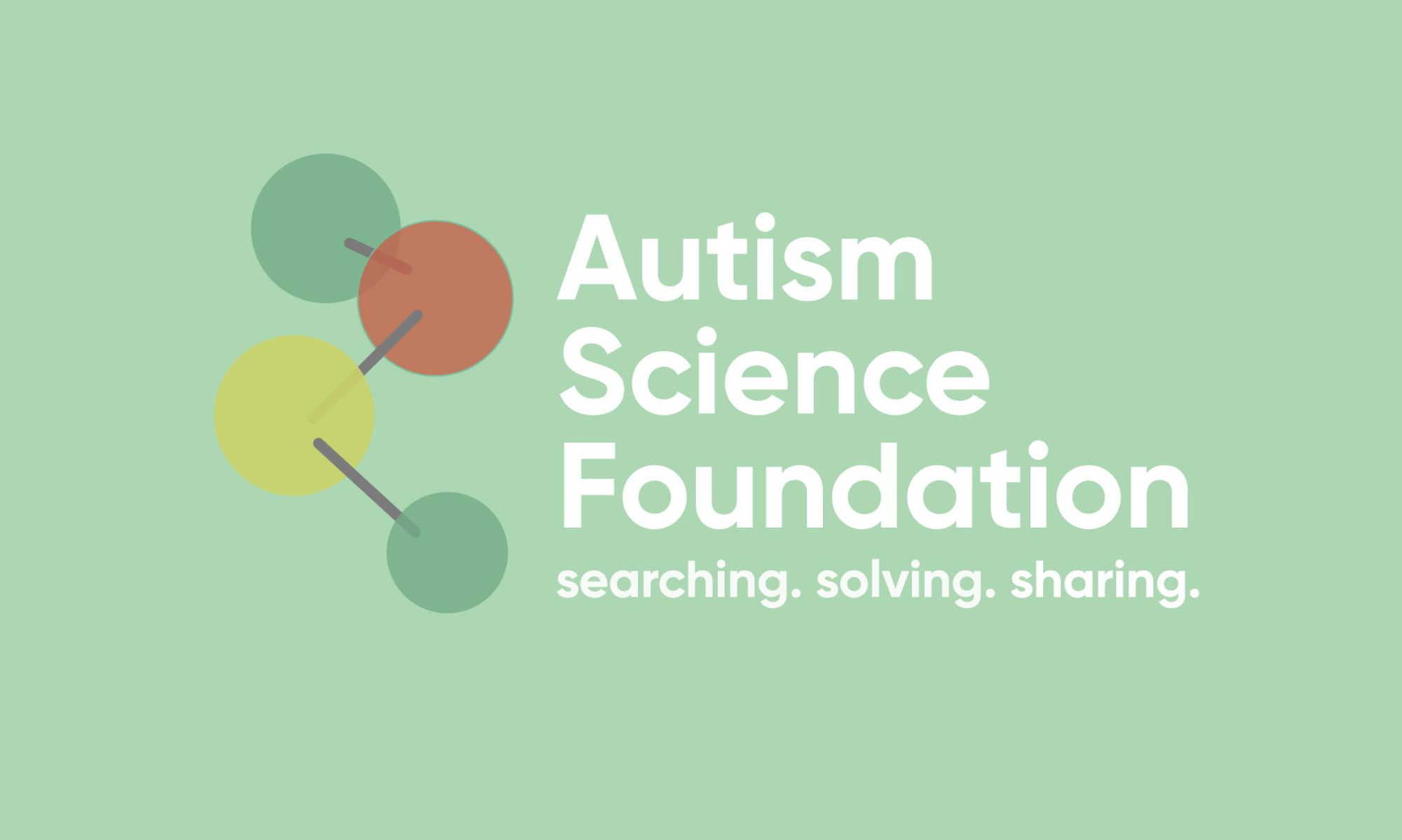Podcast: Play in new window | Download
Subscribe: RSS
There are many different factors that go into successful employment for people with and without autism. As part of the ASF policy brief on employment, the US, Australia and Sweden held meetings with autistic adults, family members and employers and asked “what are the issues in your words”? Then they were mapped onto areas of functioning, not ability or disability. One thing that stands out is “matching interests and skills to job requirements”. This is important, but a complicated issue. This week’s podcast reviews what autistic people say, how it maps onto functioning and why we need to be careful about taking a one – sided approach to autism.
https://www.ncbi.nlm.nih.gov/pubmed/31276308
https://www.ncbi.nlm.nih.gov/pubmed/31177369
